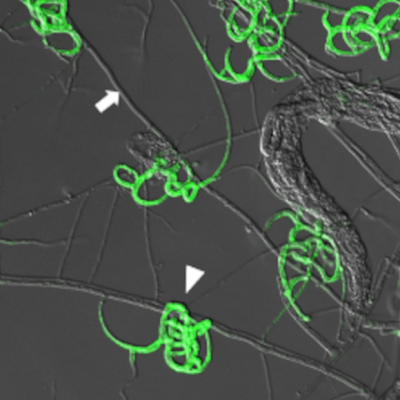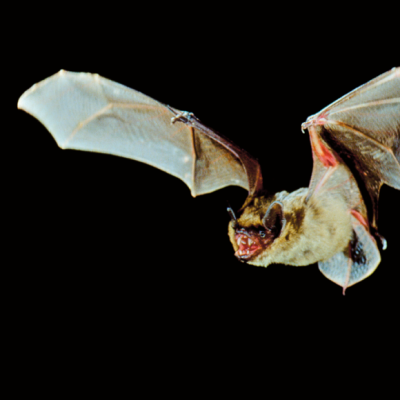The sea worm Megasyllis nipponica has a unique method of reproduction, where a new head is formed in the middle of its body and then separates from the animal. In biology, it has long been known that some worms transform their entire body or body parts for reproduction. However, Megasyllis nipponica, a sea worm from the Syllidae family, forms an extension (stolon) that contains sperm or eggs. The stolon separates from the body of these worms for reproduction and swims independently in the sea, where it seeks out other stolons. However, researchers have not been able to answer all questions about the unusual reproductive mechanism, such as how the eyes, antennae, and swimming bristles of the stolon can develop while it is still a fixed part of the worm.
Researchers from The University of Tokyo have published a study in the journal Scientific Reports that examines the reproduction of the sea worm in detail. The team led by Toru Miura discovered that the gene expressions responsible for the growth of the head, which normally only occur in the upper body region, are also present in the middle body segment of Megasyllis nipponica. This occurs simultaneously with the attainment of sexual maturity and the development of the reproductive organs, known as gonads. This adaptation allows the worm to form a new head in the middle of its body. In addition to the unusual gene expressions, the scientists discovered that the stolon takes on almost all the characteristics of the original body, from the digestive tract to the individual ring segments, and these remain unchanged during the detachment process.
The researchers found that the separation from the rest of the body is controlled by so-called Hox genes. Reproduction thus seems to require only the insertion of a new head in the middle of the animal. Although the first basic developmental processes of the sea worm have now been clarified, the hormonal mechanisms are still unclear. The researchers therefore want to conduct further studies to show under what conditions a hind part with female or male reproductive organs is formed.










